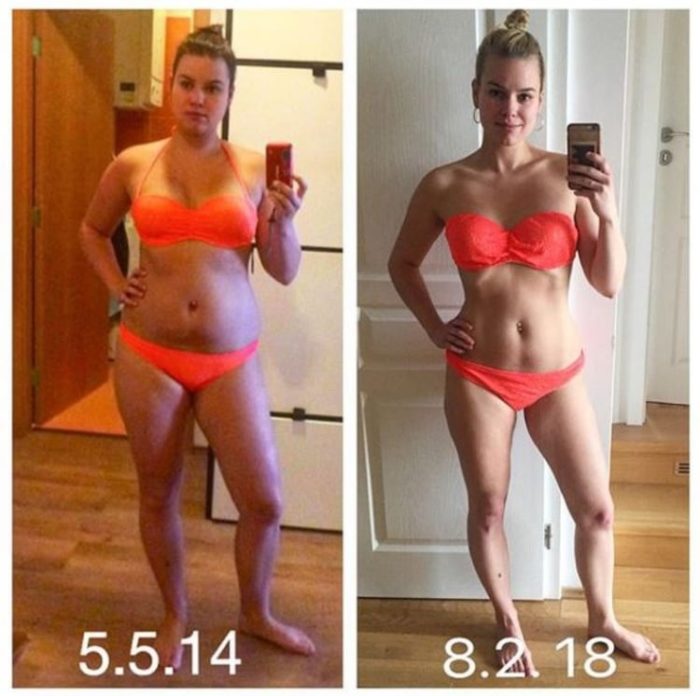
People often become frustrated when they don’t see the numbers drop every time they step on a bathroom scale when they measure themselves. You have been eating well, exercising, and drinking lots of water, but you still weigh the same as you did the last time you checked. What gives?
Here’s the truth: The scale can only tell you how much you weigh, which doesn’t give you the full picture of your progress. It doesn’t know how much fat you’ve lost, how much muscle you’ve built, or how much water you’ve retained. The scale only shows your relationship with gravity in a neat, little number. You shouldn’t ever trust it.
Here are five reasons why the number on your scale might not reflect the progress you’ve made::
1. You can weigh two to five pounds more at the end of the day than you do in the morning.
Your weight is a snapshot of that exact moment, and the time of day can have a big impact on that.
2. You typically weigh more when you have eaten out the day before.
This is due to the sodium, gluten, and vegetable oil present in many restaurants’ meals. Additionally, meals from restaurants can cause swelling in your gut, which can ultimately cause 10-15 pounds of water retention.
3. Women can gain five to ten pounds in the week before and during their period.
Over-the-counter medications and birth control pills can cause you to retain water and gain weight even though you actually haven’t gained any fat.
4. If you’re not regularly going #2, you are probably carrying a few pounds of poo in your system.
It’s not the prettiest thing to talk about, but it can notably impact your weight.
5. If you’re training the right way, your weight won’t fall as quickly as you think it will.
Your slow weight loss happens because you are, in fact, gaining muscle. Muscle is denser than fat, which means that it weighs more.
So, what’s the right way to measure your progress? Here are three more accurate ways to do so:
1. Measure your progress through pictures

Take pictures of yourself from the front, back, and side. Whether you take photos every day or every week, you will see how much your body has changed. Your pictures will ultimately show you whether you’ve become more muscular. They can even reveal which parts of your body you need to work out more frequently.
2. Keep track of your measurements
Measure the width of your arms, thighs, waist, and hips, and be sure to write the measurements down. Take your measurements every week so you can see how many inches you’re losing all around and how tight your skin has gotten.
3. Measure your body fat percentage
A body fat test is a much better indicator of health than your scale is because a fat test separates lean muscle from fat tissue. Therefore, body fat calipers and full-body immersion tanks are accurate indicators of your true body fat stores. A body fat test will tell you how much muscle you have, but a scale never will.
If you find yourself stepping on the bathroom scale obsessively or if you’re disappointed that you’re not losing weight, there’s a better solution: throw out your scale. Your scale doesn’t measure your hard work or your worth, so it’s time to let it go.
Featured image via alan KO on Unsplash


















